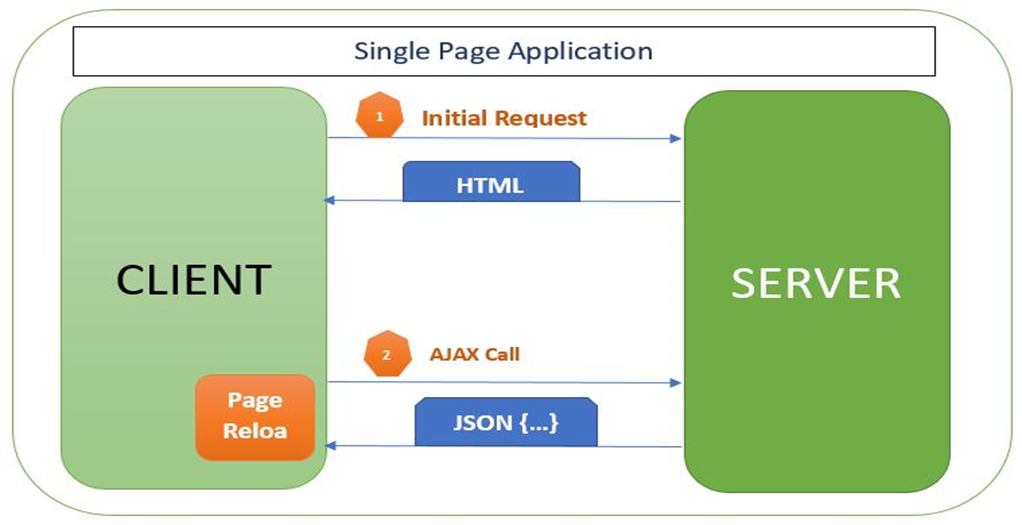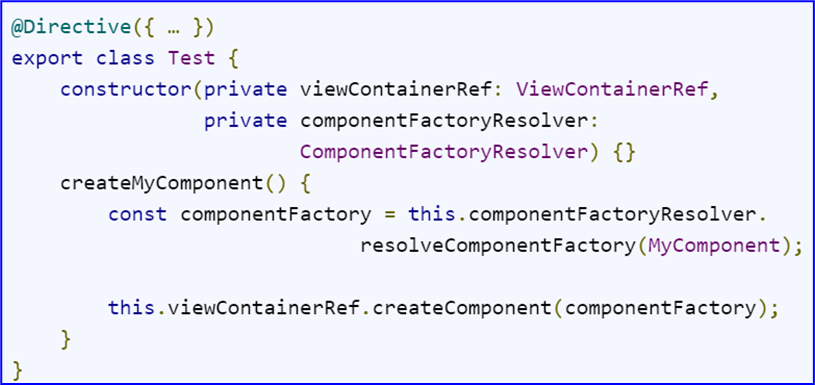
Angular is analogous to the JavaScript framework because it's open-source. Angular was primarily familiarized by Google. We are ready to use this framework to develop Single Page Application.

Use Angular when there’s a must design web apps for each reasonable environment, especially:
Even though Angular is used for nearly anything, there are also certain cases where you would like to rely on other platforms. For example:
This can be the newest version of the TypeScript-based web framework
View Engine isn’t longer available in Angular as of v13. This can be great news because Angular can still create Ivy-based features that bolster your productivity with the platform. Removing View Engine also implies that Angular can reduce its reliance on Angular Compatibility Compiler in the future, and teams can foresee faster compilation because metadata and summary files aren’t included any longer. Ivy can now compile individual components independently, which significantly improves performance. By removing View Engine, Angular can reduce its reliance on Ngcc as well.
The Angular Package Format (APF) defines the format and structure of Angular Framework packages also as View Engine metadata. Older formats, including some View Engine-specific metadata, are removed in Angular 13. The updated version of APF will now not require the use of Ngcc. As a result of these library changes, developers can expect faster execution.
Angular 13 will not support Internet Explorer 11 because it ends up in a smaller bundle size and faster app loading. Apps will load faster due to the improved API and also the lack of IE-specific polyfills. It also eliminates the requirement for differential loading. Improved APIs and infrastructure are a plus for developers, while application users will get pleasure from faster loading and a far better user experience. While doing project migration, a running update will automatically remove these IE-specific polyfills and reduce the bundle size
Angular 13 adds RxJS (reactive extension for JavaScript) and includes all versions of RxJS up to and including version 7. Existing RxJS v6.x apps will have to be manually updated with the npm install rxjs@7.4 command. You’ll always depend upon RxJS 7 for brand spanking new project creation. As for the migrations, existing projects should keep on RxJS version 6.
Within the latest update, the router does not replace the browser URL when new navigation cancels this navigation. The null and undefined inputs of routerLink directives were previously appreciated to an empty string, and there was no mechanism to dam the navigation of the link. Setting the router link directive value to null or undefined will now completely disable the navigation.
With the Angular 13, this framework now includes a persistent build-cache as a default feature, which saves built-in results to disk. As result, the event process is going to be accelerated. Further, you’ve got complete control over enabling or disabling this feature in existing Angular apps.
The changes made in TestBed, now correctly tear down test environments and modules after each test. Because the DOM is now cleaned after tests, developers can expect more optimized, less interdependent, less memory-intensive, and faster tests.
Because of improvement in ViewContainerRef.createComponent API, it is now possible to make dynamic components with less boilerplate code. Here’s an example of making dynamic components using older versions of Angular.

In Angular 13, this code will become as follows using the new API.

The Angular team tries to release a replacement version update every six months. Angular 13 comes up with significant updates and features with which developers can create amazing apps that support modern web development standards. Now that you have just found out the numerous updates and features of the all-new Angular 13, you need to give it a try. If you’re still using the older Angular v12, it’s time to upgrade it to version 13 to make amazing apps that support modern web development standards.

Mastering Data Preparation with Salesforce CRM Analytics Recipes
Read More
Rootstock Order Management
Read More
Strategies for Effective Data Analytics and Visualization in Decision Making
Read More
Enhancing E-commerce Experiences through Advanced Cloud Solutions
Read More
Leveraging Oracle NetSuite for Scalable and Integrated Business Management
Read More
The Future of Business with AI and Machine Learning in CRM Solutions
Read More
Innovations in Salesforce Implementation through Maximizing Customer Engagement and Operational Efficiency
Read More
Different Types of Power Apps
Read More